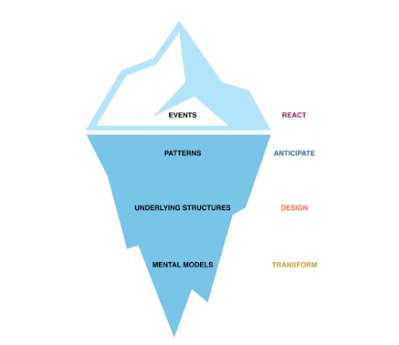Heather Brown
PhD Student, College of Nursing
April 27, 2022
Thriving in the Present for the Future while Learning from the Past: Reflection of a religious
woman’s journey as a Domestic Violence (DV) Survivor.
It is hard to immediately remember the pain from the past. The pain she daily learns to leave behind
and move forward. She continues to seek help after the violence. The emotional and physical violence
experienced being married to abuse. Protecting children as he “disciplined”. Protecting herself silent
unaware of being a victim. Silent not knowing how to admit “it” to her mother and father. The shame.
Silent not knowing how to share with religious leaders and friends. The reaction. Silent not knowing
how to seek and find help. Society. Silent believing, she is not enough. Not enough for herself, her
family, her community, her God. She remained silent for 18 years. Why?
(Anonymous Vignette, 2022)
Definition
Domestic Violence. A person’s behavior to intimidate and/or harm another person
to gain power and control over another. (NCADV, 2020) The original Duluth model below
describes DV behaviors. (Salari, 2017) https://www.theduluthmodel.org/wheel-gallery/
Today
Change. Attention to the need for prevention of DV in the vignette above has been elevated as
the Violence Against Women Act (VAWA) was voted into law on March 9, 2022. The law
provides increased funding not only for survivors after victimization but for individuals, families,
communities, and society to learn the necessary skills and qualities that decrease the likelihood
of violence among women, men, and families. (VAWA, 2022)
- An average of 20 people per minute are being physically abused equaling to 10 million people per year.
- Nationally, 1 in 4 women and 1 in 9 men are victims of severe DV.
- 1 in 7 women and 1 in 25 have been injured.
- 1 in 10 women are raped. The data for men is not available.
- are provided in the 2020 National Coalition Against Domestic Violence survey.
Paradigm
Barriers. A large reason why DV prevention has not naturally surfaced is rooted in societal
norms such as family privacy, religion, culture, and other examples found in the World Health
Organization Social Determinants of Health guidelines. (WHO, 2019) The Ecological Iceberg of
Family Mistreatment model below shows how important knowledge of DV remain hidden. Only
the tip of a DV iceberg is typically known and measured. Other critical information of DV
remain silent and unmeasured making awareness and prevention difficult. (Salari, 2017)
“For too long, domestic violence was considered a “family issue” and was left for families
to address in private….I call on all Americans to speak out against domestic violence and
support efforts to educate young people about healthy relationships centered on respect;
support victims and survivors in your own families and networks; and to support the efforts
of victim advocates, service providers, health care providers, and the legal system, as well
as the leadership of survivors, in working to end domestic violence.”
The call inspires organizations (CDC, 2022) and society to take action in shifting efforts and
I am a female DV survivor with an urgency to bring attention to the need of awareness and
prevention programs that promote survivors’ ability to thrive in the present for the future while learning from the past.
(Anonymous Vignette, 2022)
Resources
https://www.youtube.com/watch?v=53RX2ESIqsM
https://www.joinonelove.org/about/
https://www.youtube.com/watch?v=8gm-lNpzU4g
https://www.cdc.gov/violenceprevention/communicationresources/pub/technical-packages.html



No comments:
Post a Comment